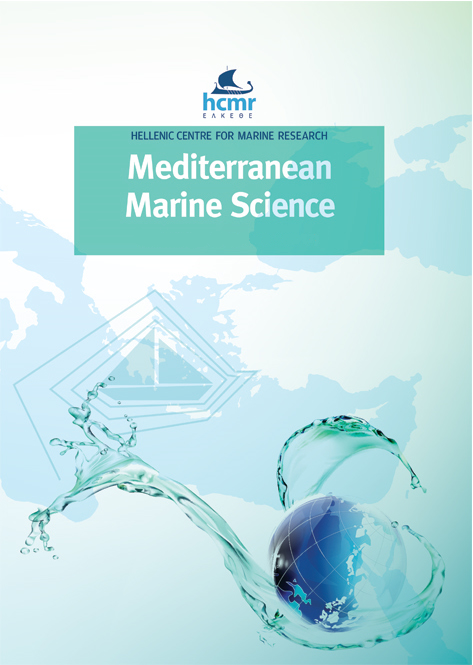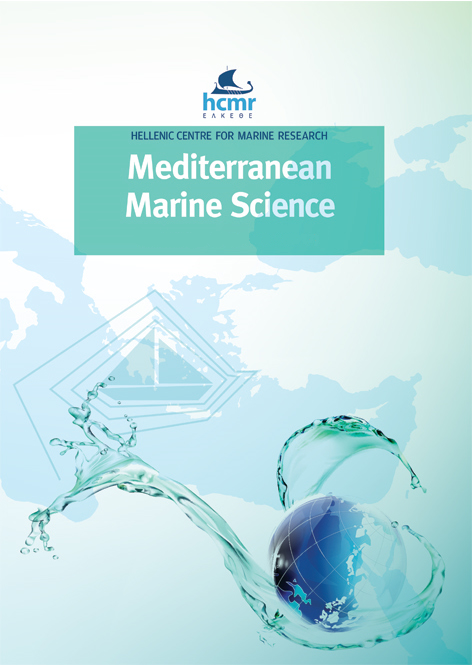Application of a new multi-metric index with a comparative analysis for assessing the environmental status of Posidonia oceanica meadows (Algeria, Southern Mediterranean)
Аннотация
Several biotic indices have been developed over the last two decades to assess water and habitat quality in the Mediterranean Sea, with Posidonia oceanica serving as a Biological Quality Element (BQE). To contribute to this effort, we created a new Multi- metric Index for the Algerian coast based on P. oceanica (MIAPo), adapted from existing indices and calibrated at eight sites with varying human pressures. This study also intends to compare the performance of MIAPo and PREI (P. oceanica Rapid Easy Index) in assessing the ecological status of coastal Algerian waters. MIAPo was built using multivariate analyses that combined five metrics: lower limit depth, leaf area index, epiphytic load, leaf tannin cell density, and leaf nitrogen content. To accurately interpret MIAPo and PREI, a Pressure Index (PI) was calculated, taking into account urbanization, agriculture, coastal population, uncontrolled dumping, fishing activity, rivers, industrial activity, and urban effluents. According to the Water Framework Directive (WFD) classification, the indices MIAPo and PREI demonstrated high comparability in the ecological status assigned to the studied sites (62.5% agreement), which was validated using Spearman’s correlation coefficient (R = 0.88; p = 0.004). In addition, MIAPo and PREI show a strong correlation with the PI (R = -0.96; p = 0.0002 and R = -0.80; p = 0.02, respectively). The proposed index, MIAPo, provides a more comprehensive measure than PREI for the assessment and monitoring of Algerian coastal waters.
Nonetheless, more field data collection is needed to expand the use of this valuable tool on a broader geographical scale.
Article Details
- Как цитировать
-
SENGOUGA, A., BOUMAZA, S., MISRAOUI, A., ZERROUKI, M., BOUDJADJA, R., LOUANCHI, F., & SEMROUD, R. (2025). Application of a new multi-metric index with a comparative analysis for assessing the environmental status of Posidonia oceanica meadows (Algeria, Southern Mediterranean). Mediterranean Marine Science, 26(3), 686–704. https://doi.org/10.12681/mms.39215
- Раздел
- Research Article
Authors who publish with this journal agree to the following terms:
- Authors retain copyright and grant the journal right of first publication with the work simultaneously licensed under a Creative Commons Attribution Non-Commercial License that allows others to share the work with an acknowledgement of the work's authorship and initial publication in this journal.
- Authors are able to enter into separate, additional contractual arrangements for the non-exclusive distribution of the journal's published version of the work (e.g. post it to an institutional repository or publish it in a book), with an acknowledgement of its initial publication in this journal.
- Authors are permitted and encouraged to post their work online (preferably in institutional repositories or on their website) prior to and during the submission process, as it can lead to productive exchanges, as well as earlier and greater citation of published work (See The Effect of Open Access).






